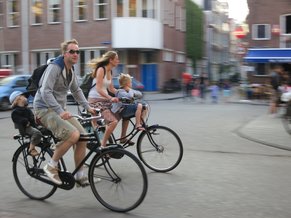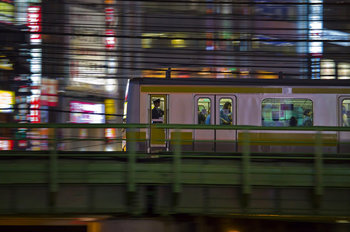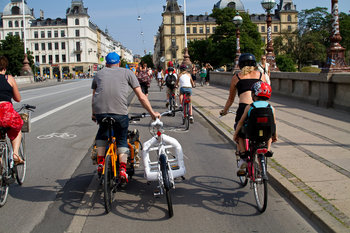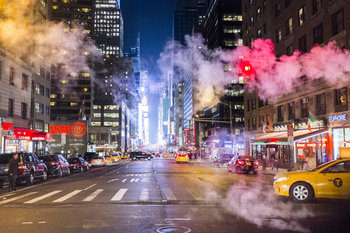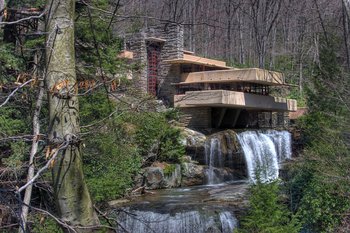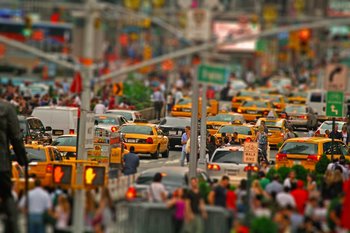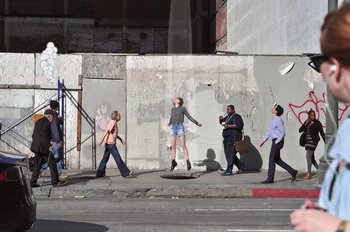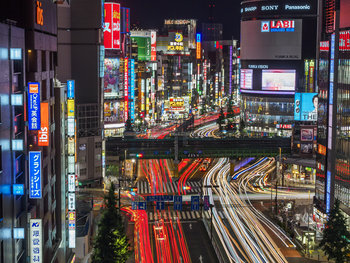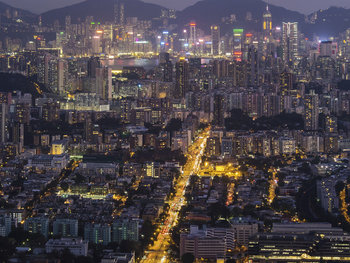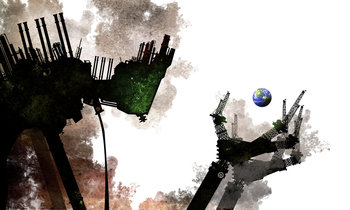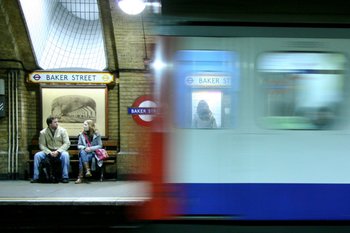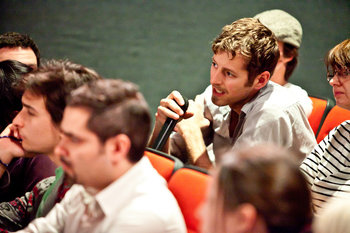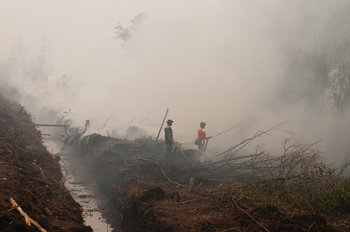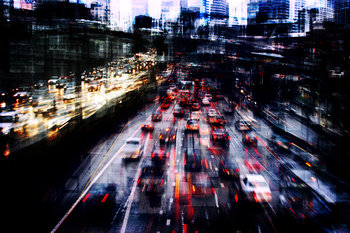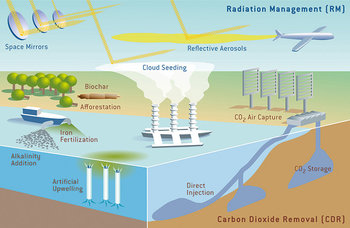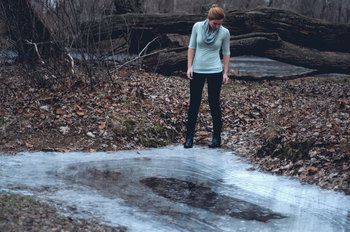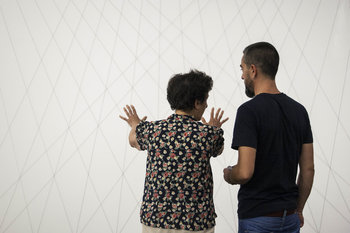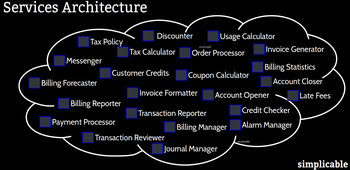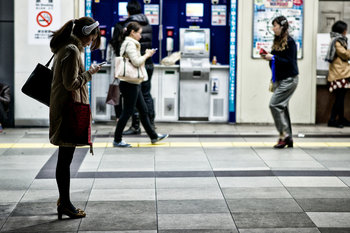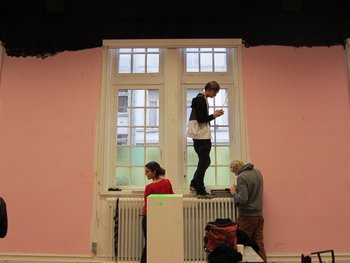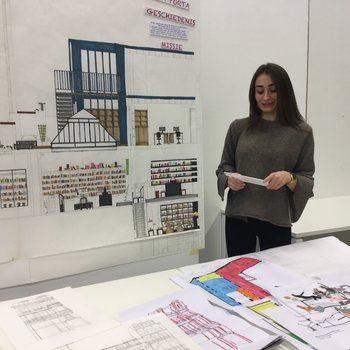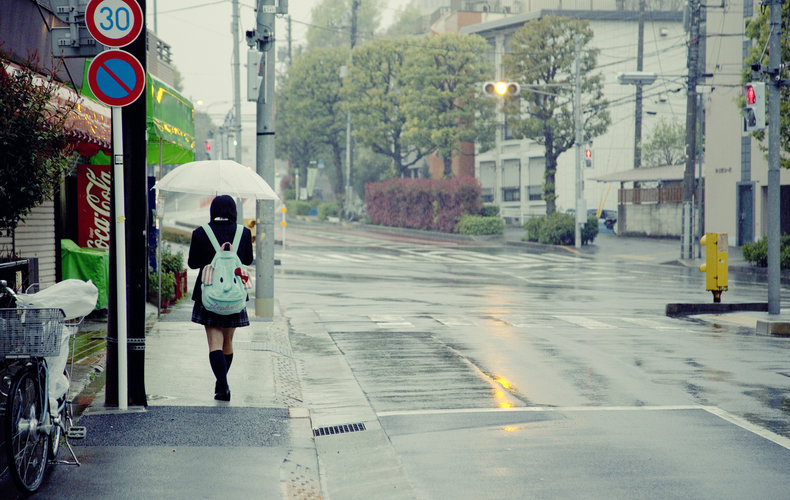
Air Quality
Smog and other air quality issues make it less healthy and pleasant to walk.
Safety
Traffic controls and separation from cars and bicycles.
Crime
A lack of street crime.
Urban Density
Dense urban neighborhoods tend to be more walkable that spread out suburban districts.
Mixed Use Neighborhoods
Neighborhoods with a wide range of services and opportunities such as education and employment. In other words, areas where it is possible to walk to work, school, shopping and activities.
Sidewalks
The quality and width of sidewalks. For example, a tree lined boulevard may encourage walking more than a narrow path beside a busy road.
Transit
Proximity to transit links such as light rail.
| Overview: Walkability | ||
Type | ||
Definition | How practical and pleasant it is to walk in a neighborhood to accomplish daily tasks such as commuting to work and school. | |
Value | Walking is associated with a high quality of life and reduced environmental impact. | |
Related Concepts | ||

